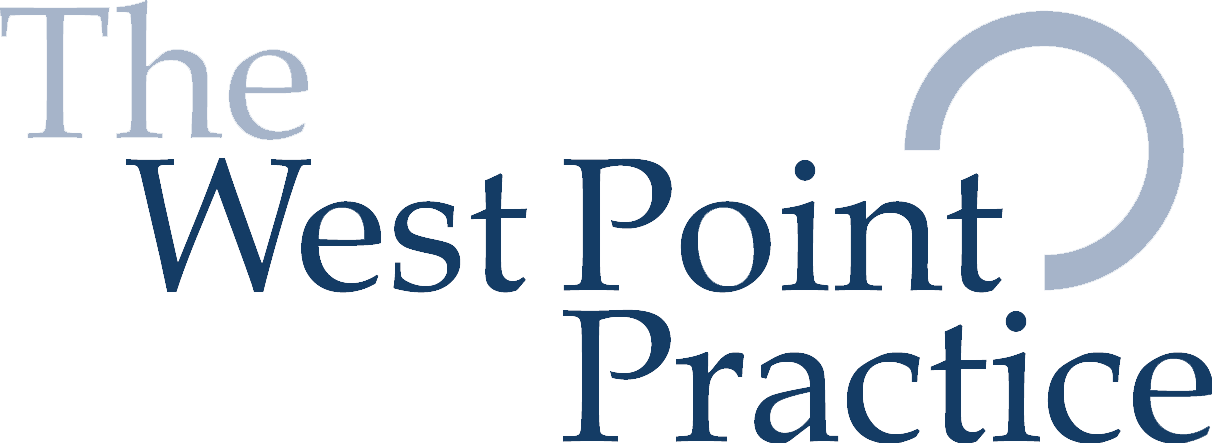Hamstring Injuries and Rehabilitation
Hamstring Injuries – what does the latest evidence show.
In this blog, I will focus on a recent research article that looks at hamstring injuries. The systematic review looks at treatment and rehabilitation following hamstring strains.
Hamstring injuries are very common on the sporting population. In sports such as rugby and football 12-16% of all injuries are to the hamstring. A quick and safe return to sports are important and we will look at the most evidenced ways to achieve this.
The study shows that eccentric hamstring exercises, progressive running and a trunk stability/agility programme enabled athletes to return to play quicker.
Eccentric hamstring exercises
There are lots of different eccentric hamstring exercises out there. This study uses supine heel slides. In this exercise, a bridge is performed and the knees are slowly straightened, then returning to a bent position. The further the knees are straightened, the harder the exercise. The exercise can be further progressed by doing on one leg as pain allows. 15 repetitions daily should be performed. You could also do eccentric hamstring curls on a gym ball.
Supine Heel Slides Gym ball hamstring curls
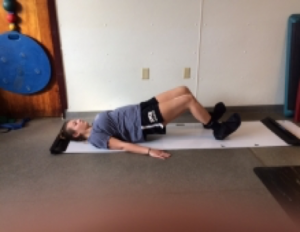
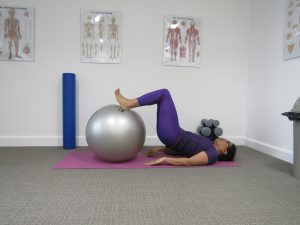
Other eccentric exercises for the hamstrings include dead lifts (single leg and 2 legged) and Nordic hamstring curls.
Nordic Hamstring Curls Single Leg Dead Lifts
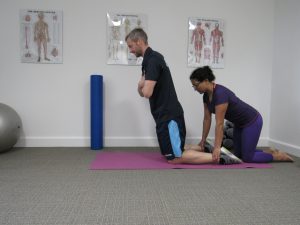
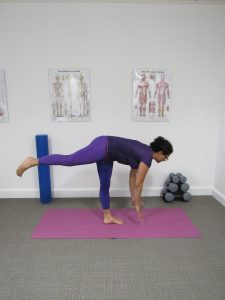
Progressive Running
The running drills that are most effective involve an acceleration phase, a maximal sprint phase and a deceleration phase. The maximal sprint is gradually increased as pain allows. Each running session consists of 18 runs with a gradually decreasing acceleration and deceleration distance. The maximal sprint distance is kept to 20 metres.
Progressive Agility and Trunk Stabilisation Programme
This programme includes many different exercises. The agility exercises include short distance shuttle runs, side to side shuttle runs and fast feet work. The intensity at which the exercises are done is gradually increased as pain allows. The trunk stabilisation programme includes exercises such as bridging, prone and side planks and single leg balance. The difficulty of these exercises gradually increases.
As always, if you have any questions on any of this information, do not hesitate to get in touch with us at appointments@westpointpractice.co.uk or call 0113 244 0115.
